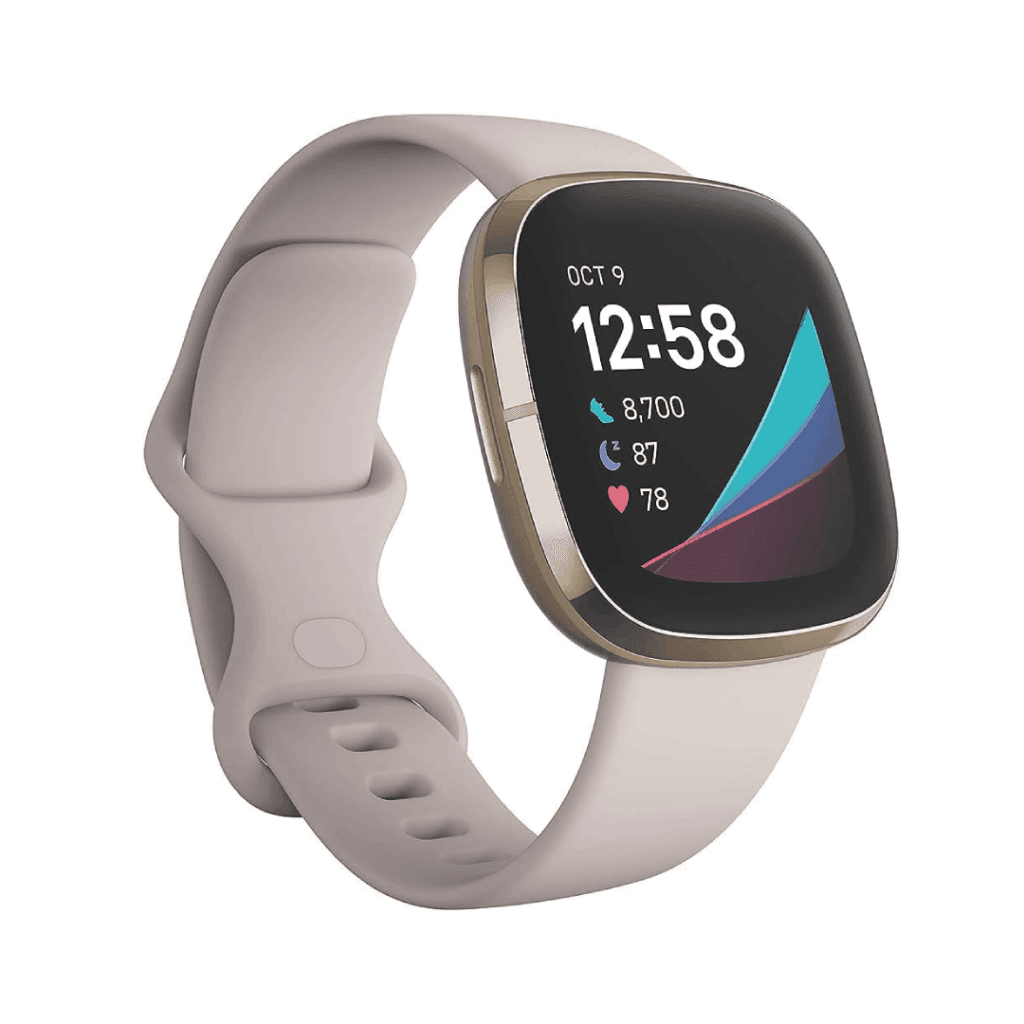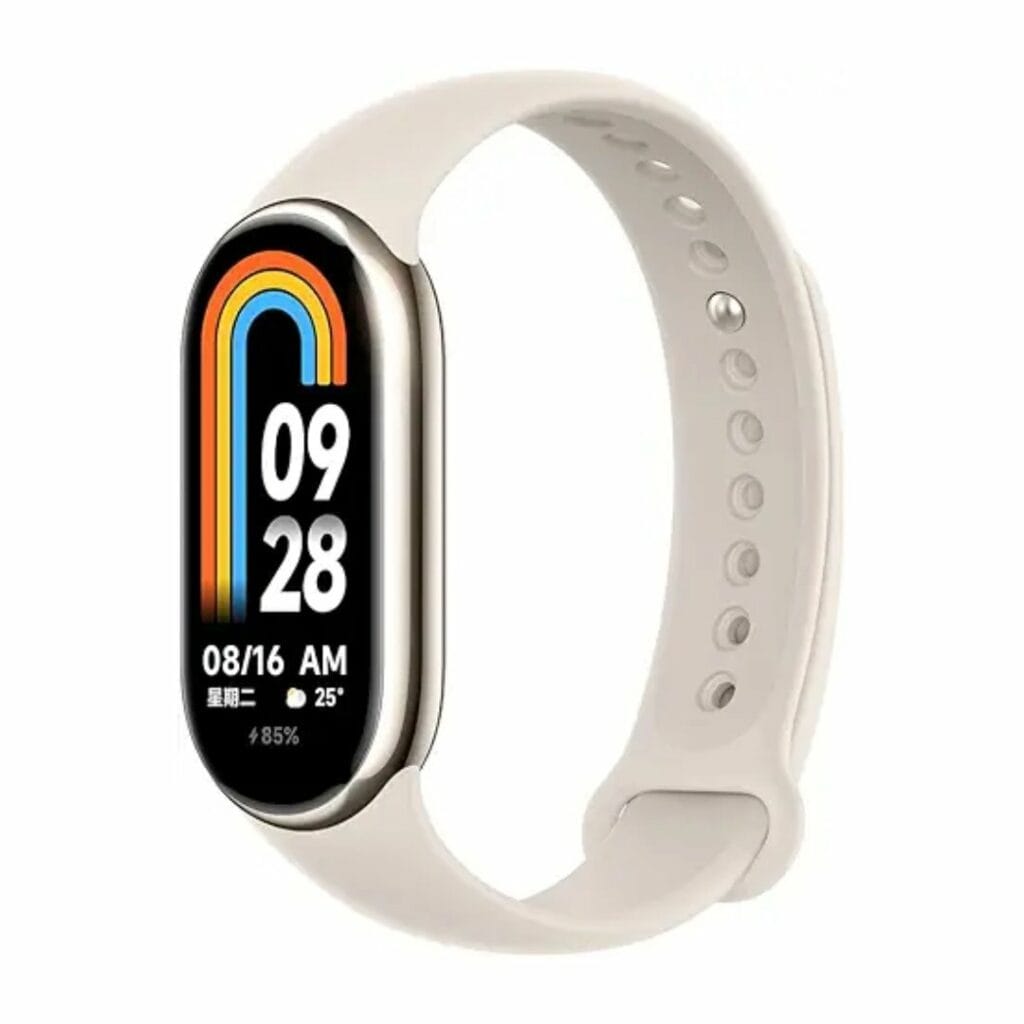Zone 4 Training: Benefits, Risks, and Best Practices
We include links to products we think are useful for our readers. If you click and buy a product through one of the affiliate links on this page, we may earn a small commission.

Cycling in Zone 4 Training.
Zone 4 training pushes your fitness to new heights by targeting a specific heart rate range. This guide explores its benefits, risks, and best practices.
Whether you’re an athlete or just getting fit, understanding Zone 4 training can help you achieve your health and performance goals effectively.
Quick Key Takeaways
Zone 4 training involves exercising at 80-90% of your maximum heart rate.
It helps improve cardiovascular health, endurance, and athletic performance.
Proper warm-up, cool-down, and listening to your body are crucial to avoid overtraining.
Using a heart rate monitor can help you stay in the correct zone during workouts.
Zone 4 training should be balanced with rest and lower-intensity workouts to prevent injury.
What is Zone 4 Training?

Zone 4 training is all about exercising within a specific heart rate range. To get this, we need to first understand what heart rate zones are. These zones are different levels of effort during exercise. They are usually calculated based on your maximum heart rate (MHR).
Here’s a quick look at the different zones:
Zone 1: Very light effort, 50-60% of MHR
Zone 2: Light effort, 60-70% of MHR
Zone 3: Moderate effort, 70-80% of MHR
Zone 4: Hard effort, 80-90% of MHR
Zone 5: Maximum effort, 90-100% of MHR
Zone 4, often called the “threshold zone,” is where you work hard but can still keep going. It’s tough, but you can maintain it for a while, unlike Zone 5, which is the hardest and can only be done for short bursts. When you train in Zone 4, you push your body to become stronger and more efficient.
To find your heart rate zones, you need to know your maximum heart rate. A simple way to estimate this is to subtract your age from 220. For example, if you are 30 years old, your estimated maximum heart rate would be 190 beats per minute (220 – 30 = 190). Zone 4 would then be 80-90% of this number, which is 152-171 beats per minute.
Training in Zone 4 means you are working at a level where you are breathing hard, but you can still talk in short sentences. It feels challenging but sustainable. This kind of training is great for improving your fitness and preparing your body for high-intensity activities. Whether you’re a runner, cyclist, swimmer, or just looking to get fitter, Zone 4 training can help you reach your goals.
Benefits of Zone 4 Training
Zone 4 training has many benefits that can help you get fitter and perform better. Let’s look at some of these benefits in detail.
1. Improved Cardiovascular Health When you train in Zone 4, you challenge your heart and lungs. This kind of workout makes your heart pump more blood with each beat and helps your lungs deliver more oxygen to your muscles. Over time, this can make your cardiovascular system more efficient and stronger. A healthy heart and lungs mean you can do more activities with less effort.
2. Increased Endurance Training in Zone 4 can help increase your endurance. Your body learns to sustain higher efforts for longer periods. This is particularly useful for endurance sports like running, cycling, and swimming. By pushing your body to work hard, you train it to handle longer and more intense workouts. This can be a big advantage in races or long-distance events.
3. Enhanced Athletic Performance For athletes, Zone 4 training is a game-changer. One of the key benefits is that it helps raise your lactate threshold. This is the point at which your body starts to build up lactic acid in the muscles, causing fatigue. By training at this high intensity, you can push this threshold higher, allowing you to perform at a higher intensity without getting tired as quickly. This can lead to better performance in competitions and workouts.
4. Calorie Burning Working out in Zone 4 also helps you burn more calories. Because you’re working harder, your body uses more energy. This can be beneficial if you’re looking to lose weight or maintain a healthy weight. Combined with a good diet, Zone 4 training can help you achieve your weight loss goals.
Zone 4 training offers many benefits that can help improve your fitness, endurance, and performance. By understanding these benefits, you can see why incorporating Zone 4 workouts into your routine can be a great idea.
Zone 4 Training Activities and Sports

Sports such as basketball can be considered a Zone 4 activity.
Zone 4 training can be applied to various activities and sports, making it a versatile method for boosting fitness and performance. Here’s a closer look at how you can incorporate Zone 4 training into different types of exercise.
Running: Runners can benefit greatly from Zone 4 training. Tempo runs and interval training are popular methods. A tempo run involves running at a steady, challenging pace that keeps you in Zone 4 for 20-40 minutes. For interval training, you can alternate between hard efforts in Zone 4 and easy jogs or walks. For example, run hard for 3-5 minutes, then recover for 1-2 minutes. Repeat this cycle for a total of 20-30 minutes.
Cycling: Cyclists often use Zone 4 training to improve their speed and endurance. You can do Zone 4 intervals by cycling hard for a few minutes, then pedaling easily to recover. Another option is to find a long, steady climb and maintain a Zone 4 effort throughout. This helps build the strength and stamina needed for hilly terrain.
Swimming: Swimmers can also train in Zone 4 by doing sets of fast laps with rest intervals. For instance, swim 100 meters at a Zone 4 effort, then rest for a minute before repeating. You can also do longer swims at a steady Zone 4 pace, focusing on maintaining your speed and form.
High-Intensity Interval Training (HIIT): HIIT workouts are perfect for Zone 4 training. These workouts involve short bursts of intense exercise followed by rest periods. Exercises like sprinting, jumping jacks, or burpees can quickly elevate your heart rate into Zone 4. A typical HIIT session might include 30 seconds of high-intensity effort followed by 30 seconds of rest, repeated for 20 minutes.
Team Sports: Many team sports, like soccer, basketball, and hockey, naturally include periods of high-intensity activity that can push you into Zone 4. Incorporating specific Zone 4 drills, such as sprints or agility drills, during practice can help improve your performance during games.
Risks and Precautions of Zone 4 Training

Before training in the fourth zone, prepare your body with warmups.
While Zone 4 training has many benefits, it also comes with some risks. It’s important to be aware of these risks and take precautions to avoid injury and overtraining.
1. Potential Risks of Overtraining One of the main risks of Zone 4 training is overtraining. This happens when you work out too hard and too often without giving your body enough time to recover. Overtraining can lead to fatigue, injury, and burnout. It can also weaken your immune system, making you more susceptible to illness. To avoid overtraining, it’s important to balance intense workouts with adequate rest and recovery.
2. Importance of Proper Warm-up and Cool-down Before starting a Zone 4 workout, make sure to warm up properly. A good warm-up prepares your muscles and cardiovascular system for the intense effort ahead. This can help reduce the risk of injury and improve your performance. A proper warm-up should include light aerobic activity, such as jogging or cycling, and dynamic stretches.
Similarly, cooling down after your workout is just as important. This helps your body recover and reduces the risk of injury. A proper cool-down should include light aerobic activity, such as walking or slow jogging, and static stretches.
3. Listening to Your Body Pay attention to how your body feels during and after your workouts. If you experience unusual pain, extreme fatigue, or other warning signs, it’s important to take a step back and rest. Pushing through pain can lead to serious injuries. It’s also important to stay hydrated and eat a balanced diet to support your workouts and recovery.
4. Consulting a Professional If you’re new to Zone 4 training or have any health concerns, it’s a good idea to consult a fitness professional or healthcare provider. They can help you create a safe and effective workout plan that meets your goals and needs.
By being aware of the risks and taking proper precautions, you can enjoy the benefits of Zone 4 training while minimizing the chances of injury and overtraining.
Best Practices for Zone 4 Training

Fitness trackers or rings can help you monitor your heart rate.
To get the most out of Zone 4 training, it’s important to follow some best practices. These tips can help you train effectively and safely.
1. How to Determine Your Heart Rate Zones Knowing your heart rate zones is key to effective training. As mentioned earlier, you can estimate your maximum heart rate by subtracting your age from 220. Once you have your maximum heart rate, you can calculate your training zones. Zone 4 is typically 80-90% of your maximum heart rate.
To get a more accurate measure of your heart rate zones, consider using a heart rate monitor. This device can give you real-time feedback on your heart rate, helping you stay within the desired zone. Some fitness watches and apps also offer heart rate tracking and can help you monitor your workouts.
2. Example Zone 4 Workouts Here are a few examples of Zone 4 workouts that you can try:
Interval Training: This involves alternating between periods of hard effort in Zone 4 and periods of rest or light activity. For example, you can do 3-5 minutes in Zone 4, followed by 1-2 minutes of rest. Repeat this cycle for 20-30 minutes.
Steady-State Training: This involves maintaining a consistent effort in Zone 4 for a longer period. For example, you can try to stay in Zone 4 for 20-30 minutes without dropping into a lower zone.
Tempo Runs: For runners, tempo runs are a great way to train in Zone 4. This involves running at a steady pace that keeps you in Zone 4 for 20-40 minutes.
3. Tips for Incorporating Zone 4 Training into Your Routine
Start Slowly: If you’re new to Zone 4 training, start with shorter intervals and gradually increase the duration as your fitness improves.
Mix It Up: Combine Zone 4 workouts with lower-intensity workouts to give your body time to recover. For example, you can do Zone 4 training two to three times a week, with easier workouts on the other days.
Monitor Your Progress: Keep track of your heart rate and performance to see how you’re improving over time. This can help you adjust your workouts and stay motivated.
Get a closer look at my personal recommendations for your next personal fitness tracker.
Common Questions and Misconceptions
Zone 4 training can be a bit confusing, especially if you’re new to it. Let’s address some common questions and misconceptions.
1. Is Zone 4 Training Only for Athletes? No, anyone can benefit from Zone 4 training. While it is popular among athletes, it’s also great for anyone looking to improve their fitness. Zone 4 training can help you build endurance, improve your cardiovascular health, and burn calories.
2. Will I Lose Weight with Zone 4 Training? Zone 4 training can help with weight loss by burning more calories than lower-intensity workouts. However, it’s important to combine it with a healthy diet for the best results. Remember, weight loss is about burning more calories than you consume. So, while Zone 4 training can help you burn more calories, eating a balanced diet is also crucial.
3. Can I Do Zone 4 Training Every Day? It’s not advisable to do Zone 4 training every day. Your body needs time to recover between intense workouts. Doing high-intensity workouts every day can lead to overtraining, fatigue, and injury. Aim for two to three Zone 4 sessions per week, with rest or lower-intensity workouts in between.
4. How Do I Know If I’m in Zone 4? Using a heart rate monitor is one of the best ways to know if you’re in Zone 4. This device can give you real-time feedback on your heart rate, helping you stay within the desired zone. Without a monitor, you can also gauge your effort by how you feel. In Zone 4, you should be breathing hard but still able to speak in short sentences. It’s challenging but sustainable.
5. Do I Need Special Equipment for Zone 4 Training? While you don’t need special equipment to train in Zone 4, a heart rate monitor can be very helpful. It provides accurate feedback on your heart rate, making it easier to stay in the correct zone. Other useful equipment can include fitness apps or watches that track your heart rate and workouts.
Conclusion
Zone 4 training is a powerful tool for improving fitness, endurance, and athletic performance. By working out in this specific heart rate range, you challenge your body to become stronger and more efficient. Remember, it’s important to balance intense workouts with adequate rest and recovery to avoid overtraining. Whether you’re an athlete or just looking to boost your fitness, incorporating Zone 4 training into your routine can help you achieve your goals.
Stay safe, listen to your body, and enjoy the process of pushing your limits.




